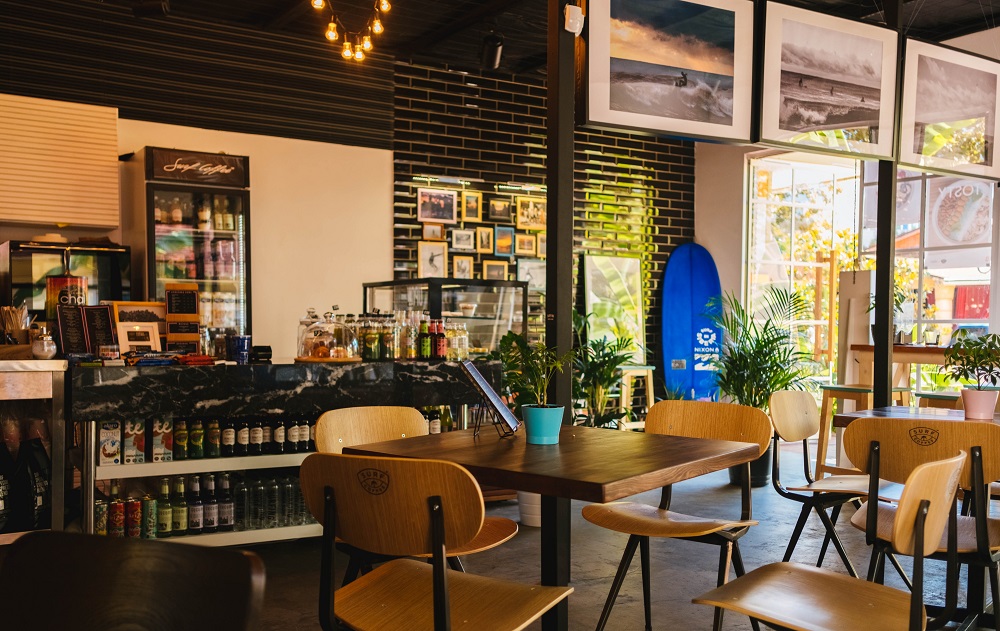The restaurant industry stands as a dynamic and continually evolving sector deeply rooted in human culture for centuries. From aspiring entrepreneurs to lottery winners, the dream of owning a restaurant has captivated many across the globe.
Whether it be humble street vendors or prestigious Michelin-starred establishments, the business of restaurants has flourished, raising the question: Is running a restaurant a wise business venture?
As a first-generation entrepreneur who has experienced the highs and lows of the restaurant business, I empathize with the challenges that come with this endeavor. The aftermath of the COVID-19 pandemic dealt a severe blow to my restaurant operations, a painful experience shared by many in the industry. Conversations with patrons often reveal their shared dream of one day owning their restaurant.
In this article, I aim to share my personal experiences and delve into the factors that contribute to both the success and challenges of the restaurant industry.

Photo Credit: Pexels
1. The Allure of the Culinary World
The magnetic pull of the culinary world is undeniable. The sheer joy of crafting delightful dishes and witnessing patrons relish each bite serves as a powerful incentive for entering the restaurant business. Unlike businesses where payments may take weeks to process, the restaurant industry operates on a cash basis, providing tangible returns at the end of each day.
For those with a profound passion for food and hospitality, venturing into the restaurant business can fulfill a long-cherished dream. However, the romanticized image of owning a restaurant often eclipses the harsh realities that accompany this pursuit.
2. The Challenges
2.1 High Failure Rate
Running a successful restaurant is far from easy, evident in the industry's notorious high failure rate. Many establishments shut their doors within the initial years of operation due to factors such as intense competition, evolving consumer preferences, and economic downturns.
2.2 Operational Complexity
Beyond culinary expertise, managing a restaurant involves navigating intricate operational challenges. This includes handling inventory, staffing, marketing, and adhering to regulatory requirements.
Staffing, particularly from the unorganized sector in many parts of the world, poses a significant challenge for restaurant owners.
2.3 Thin Profit Margins
Notoriously thin profit margins characterize the restaurant industry. High overhead costs, encompassing rent, utilities, and staff salaries, often leave minimal room for substantial profits. Striking the delicate balance between pricing and quality is crucial, as even minor mistakes can impact the bottom line significantly.
2.4 Vulnerability to External Factors
External factors such as health crises, economic recessions, and natural disasters can exert severe pressure on restaurant businesses. The COVID-19 pandemic, for instance, prompted a swift shift to delivery and takeout models for some restaurants, while others grappled with the sudden change in consumer behavior.

Photo Credit: Pexels
3. The Success Stories
Despite the formidable challenges, success stories abound within the restaurant industry, underscoring the potential rewards.
3.1 Cultivating a Loyal Customer Base
Restaurants that prioritize exceptional dining experiences and cultivate a loyal customer base often weather challenges more effectively. A devoted clientele becomes a stabilizing force, contributing to word-of-mouth marketing and repeat business.
3.2 Adaptability and Innovation
Successful restaurants demonstrate adaptability to changing trends and consumer preferences. Embracing technology for online ordering, introducing unique menu offerings, and staying attuned to health-conscious choices are strategies employed by thriving establishments.
3.3 Brand Building and Marketing
Building a robust brand and implementing effective marketing are pivotal components of a successful restaurant business. Establishments that invest in creating a distinctive identity, both online and offline, can attract a broader audience and establish themselves as industry leaders.
3.4 Diversification of Revenue Streams
Risk mitigation is achievable through diversifying revenue streams. This could involve offering catering services, packaged food products, or collaborating with food delivery platforms. Diversification provides a buffer during challenging times and opens up new avenues for growth.
4. Conclusion
In conclusion, the restaurant business embodies a double-edged sword. The allure of crafting culinary delights and delivering memorable dining experiences is undeniable, yet the challenges should not be underestimated. Success in the restaurant business demands a combination of passion, strategic thinking, adaptability, and a profound understanding of the market.
For those willing to embrace the challenges, the restaurant business offers a fulfilling and potentially lucrative venture. However, approaching it with eyes wide open, and acknowledging the inherent risks and uncertainties, is crucial.
Whether a restaurant becomes a thriving success or faces closure often hinges on a delicate blend of skill, perseverance, and a touch of good fortune.



You must be logged in to post a comment.